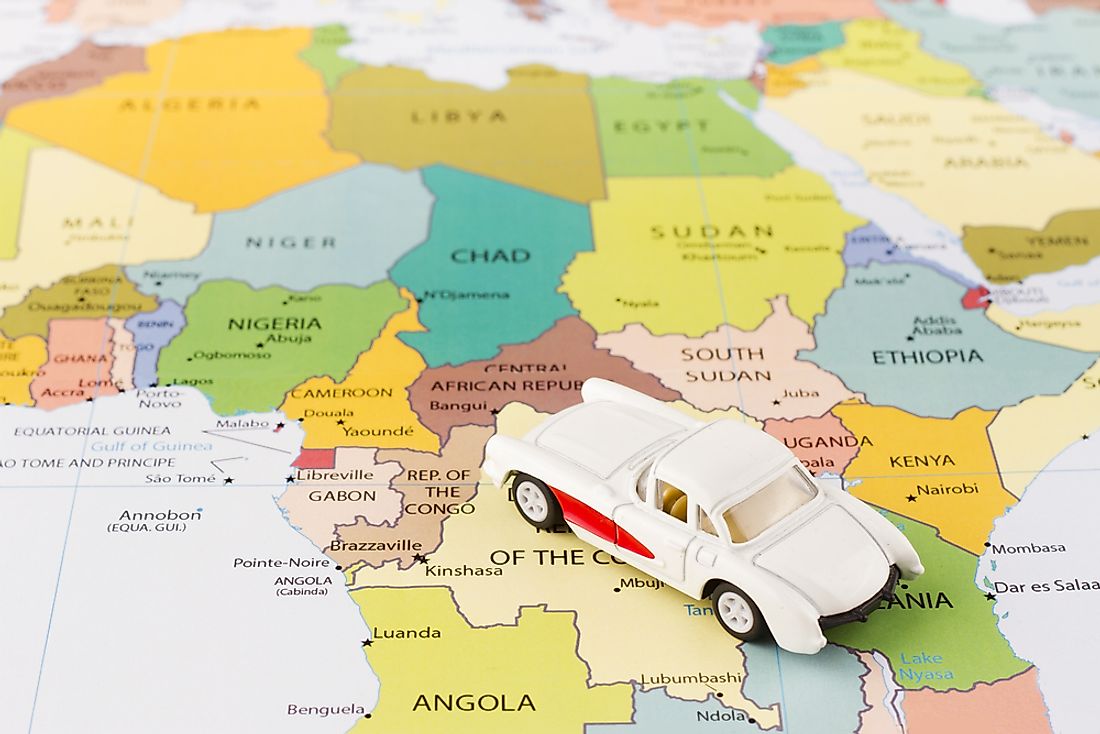What is the Trans-African Highway Network?

“Africa is on the move” is a statement often taken at face value. However, this statement is true in many ways including the fact that Africa has developed rapidly in the last fifty years, faster than the rate at which Europe industrialized. The continent has an elaborate transport network in the growing regionalism that is slowly taking over. One such project is the Trans-African Highway.
What is the Trans-African Highway Network?
The Trans-African Highway (TAH) which is a road network connecting major African cities. The African Union, African Development Bank (ADB), and the United Nations Economic Commission for Africa (UNECA) are the major project donors of the 35,221 miles road network. This network also goes by other names like Trans-African Corridors or Road Corridors. The idea behind the TAH network is the development and better distribution of trade, health, and education by connecting previously inaccessible areas.
Major Highways in the TAH Network
The network is composed of nine highways, of which there are six east-west routes and three north-south routes.
East-West Routes
TAH 1: This highway runs from Cairo to Dakar along the Mediterranean coast then continues down along the Atlantic coast of north-west Africa. TAH 1 is 5,366 miles and joins TAH 7 to form an additional north-south route. Among the cities that TAH 1 serves includes Tripoli, Tunis, Algiers, and Rabat.
TAH 5: TAH 5 runs from Dakar to Ndjamena covering 2,794 miles. Also known as the Trans-Sahelian Highway, TAH 5 links west Africa to Sahel. Only 80% of this road is complete.
TAH 6: Covering 2,622 miles, TAH 6 connects Ndjamena to Djibouti and continues down through the Sahelian region towards the Indian Ocean.
TAH 7: TAH 7 (Trans–West African Coastal Road) covers 2,490 miles from Dakar, Senegal to Lagos, Nigeria and is 80% complete. TAH 7 joins TAH 1 to form an additional south-north road in the westernmost part of Africa.
TAH 8: Contiguous to TAH 7 in Lagos, TAH 8 runs from Lagos to Mombasa covering a total 3,889 miles. Together with TAH 7, they form the east to west highway of 6381 miles. TAH 8 is complete in Kenya, Uganda, Nigeria, Cameroon, and the Central African Republic (CAR). However, there are missing links in DR Congo thus preventing its complete use.
TAH 9: TAH 9 is basically complete though parts of it in DR Congo and Angola require repairs. This road runs from Beira to Lobito and is 2,189 miles in length.
North-South Routes
TAH 2: TAH 2 (Trans-Saharan Highway) is 2,799 miles between Algiers and Lagos. This road is basically complete with less than 120 miles that require paving. However, due to the security status in the desert, authorities restrict the road’s usage.
TAH 3: The route connects Tripoli, Libya with Cape Town, South Africa through Cameroon, Angola, and Namibia. This route has the most missing links.
TAH 4: TAH 4 is 6,355 miles long from Cairo Pretoria through Sudan, Ethiopia, Kenya, Tanzania, and Zambia. The road is largely complete but parts of it in northern Kenya and Sudan-Egypt border are not safe.
Countries Served
TAH serves most African Countries except Burundi, Eritrea, Somalia, Swaziland, South Sudan, Rwanda, Malawi, Lesotho, and Equatorial Guinea, although Swaziland, Rwanda, Lesotho, and Malawi have their own highways that connect to different sections of TAH. Though more than half of TAH is complete, a lack of maintenance in some areas continues to derail the project due to lack of political will. The poor state of roads in some parts of TAH is as a result of bad weather, human activities, and wars. Because of these missing links, smooth travel is only possible in the eastern and southern African sections of TAH. Central Africa region is the worst affected.







